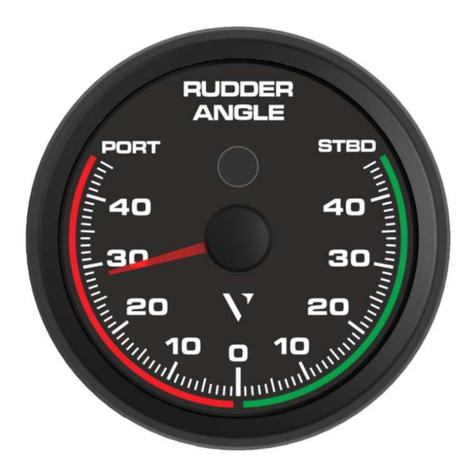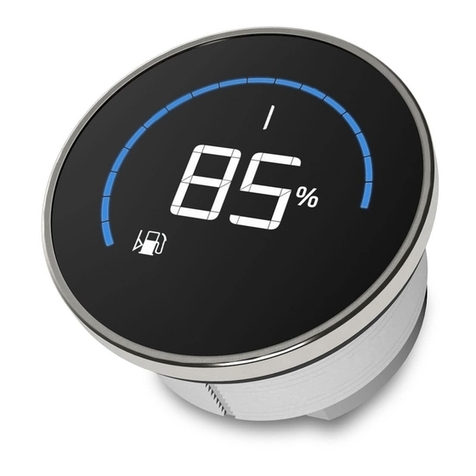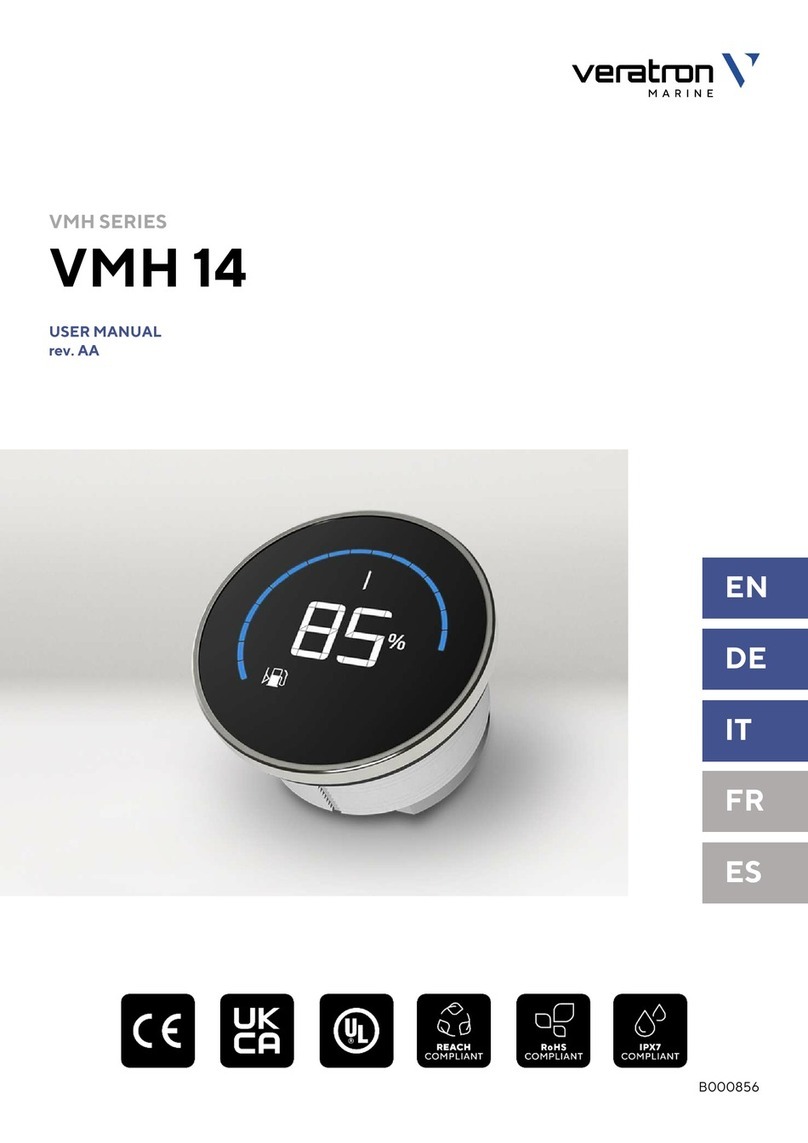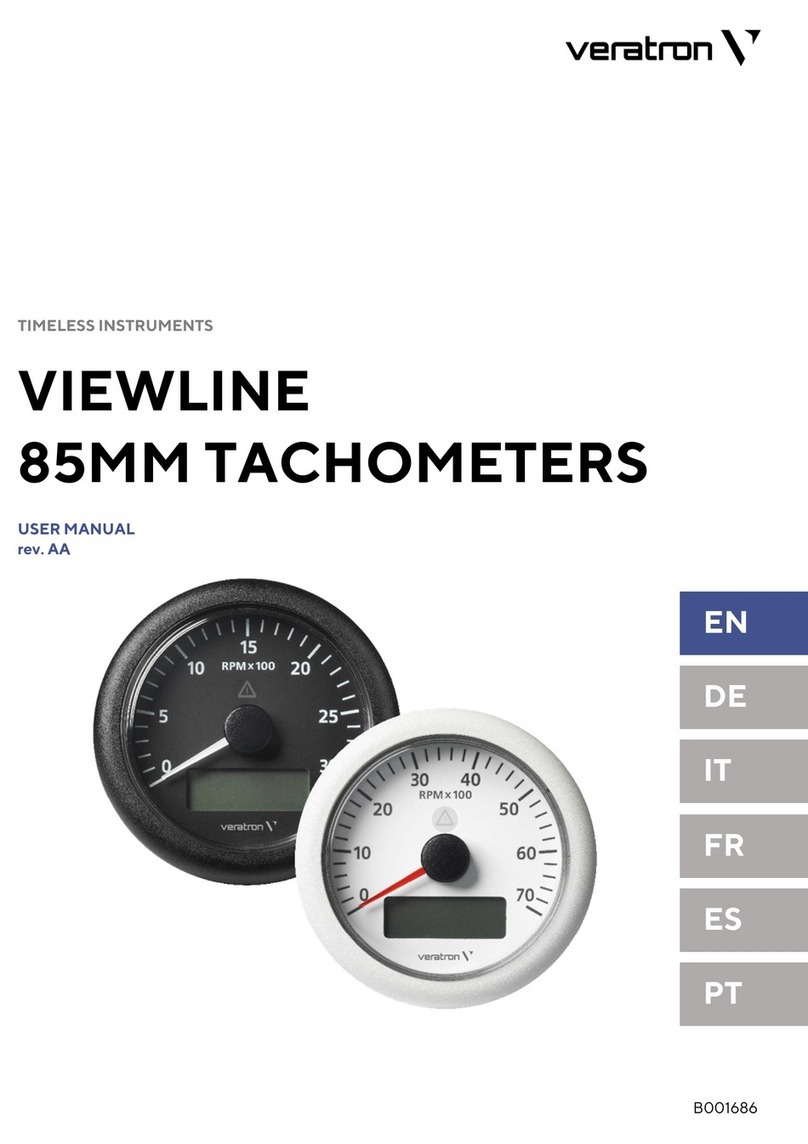
SAFETY INFORMATION
B001026
SAFETY INFORMATION
WARNING
•No smoking! No open fire or heat sources!
•The product was developed, manufactured
and inspected according to the basic safety
requirements of EC Guidelines and state-of-
the-art technology.
•The instrument is designed for use in grounded
vehicles and machines as well as in pleasure
boats, including non-classified commercial
shipping.
•Use our product only as intended. Use of the
product for reasons other than its intended use
may lead to personal injury, property damage
or environmental damage. Before installation,
check the vehicle documentation for vehicle
type and any possible special features!
•Use the assembly plan to learn the location of
the fuel/hydraulic/compressed air and
electrical lines!
•Note possible modifications to the vehicle,
which must be considered during installation!
•To prevent personal injury, property damage or
environmental damage, basic knowledge of
motor vehicle/shipbuilding electronics and
mechanics is required.
•Make sure that the engine cannot start
unintentionally during installation!
•Modifications or manipulations to veratron
products can affect safety. Consequently, you
may not modify or manipulate the product!
•When removing/installing seats, covers, etc.,
ensure that lines are not damaged and plug-in
connections are not loosened!
•Note all data from other installed instruments
with volatile electronic memories.
SAFETY DURING INSTALLATION
•During installation, ensure that the product’s
components do not affect or limit vehicle
functions. Avoid damaging these components!
•Only install undamaged parts in a vehicle!
•During installation, ensure that the product
does not impair the field of vision and that it
cannot impact the driver’s or passenger’s head!
•A specialized technician should install the
product. If you install the product yourself,
wear appropriate work clothing. Do not wear
loose clothing, as it may get caught in moving
parts. Protect long hair with a hair net.
•When working on the on-board electronics, do
not wear metallic or conductive jewelry such as
necklaces, bracelets, rings, etc.
•If work on a running engine is required, exercise
extreme caution. Wear only appropriate work
clothing as you are at risk of personal injury,
resulting from being crushed or burned.
•Before beginning, disconnect the negative
terminal on the battery, otherwise you risk a
short circuit. If the vehicle is supplied by
auxiliary batteries, you must also disconnect
the negative terminals on these batteries!
hort circuits can cause fires, battery
explosions and damages to other electronic
systems. Please note that when you disconnect
the battery, all volatile electronic memories
lose their input values and must be
reprogrammed.
•If working on gasoline boat motors, let the
motor compartment fan run before beginning
work.
•Pay attention to how lines and cable harnesses
are laid so that you do not drill or saw through
them!
•Do not install the product in the mechanical
and electrical airbag area!

































